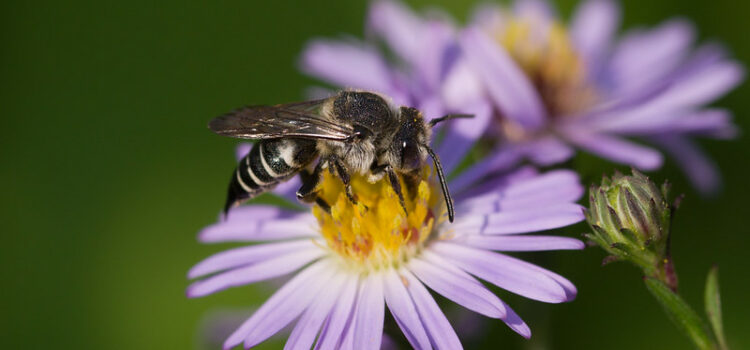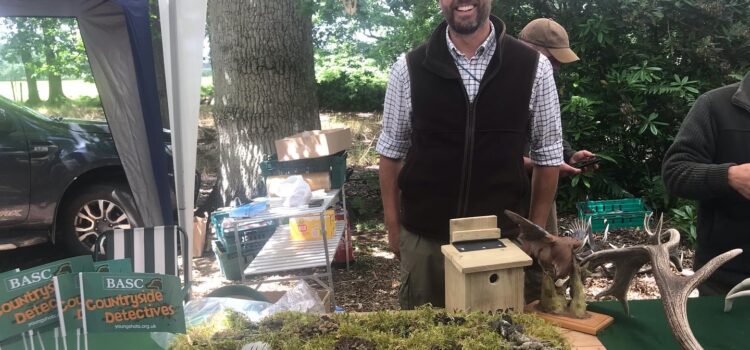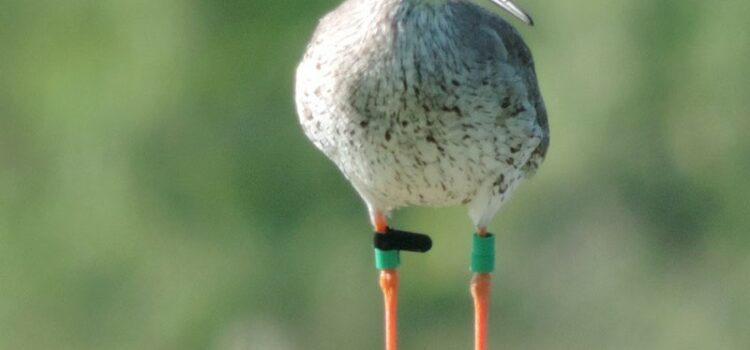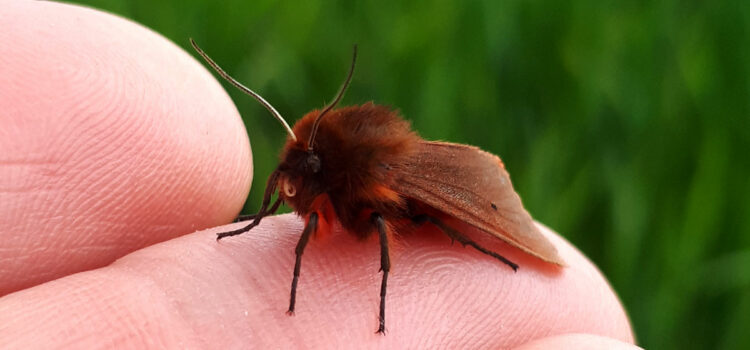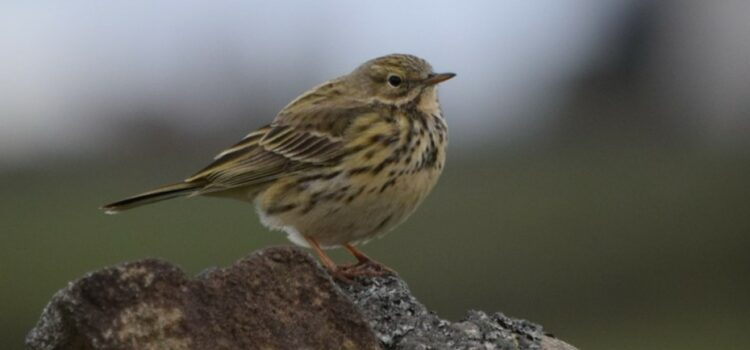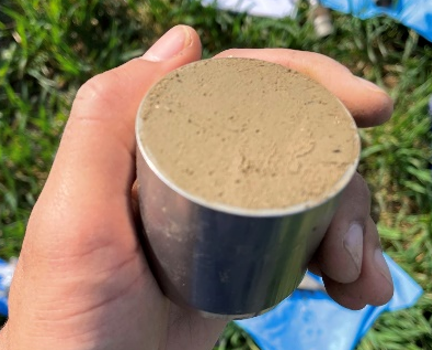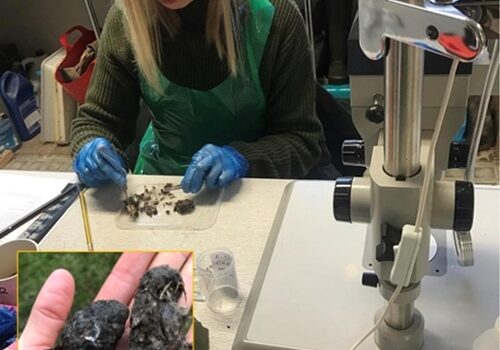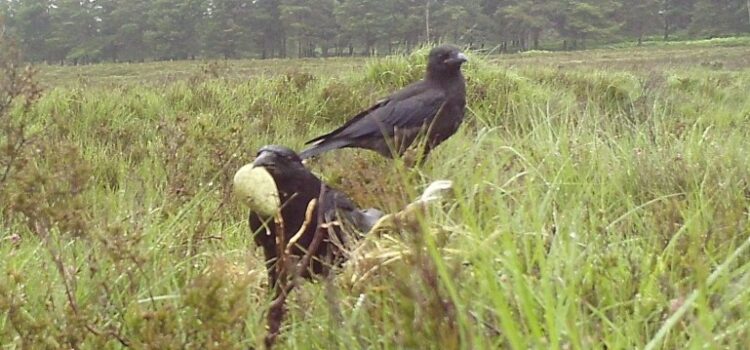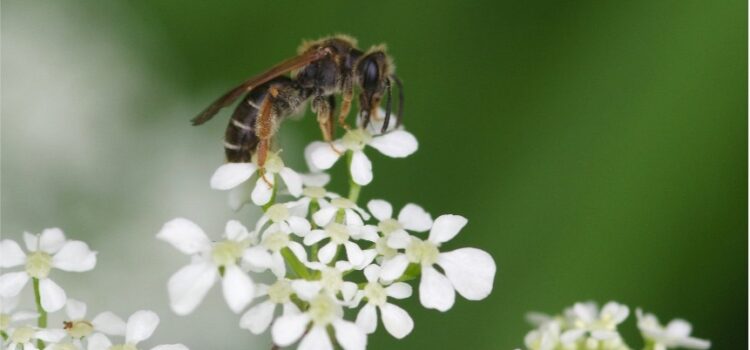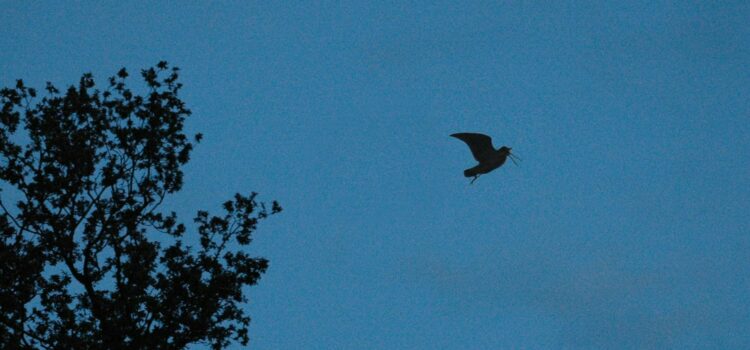This week is Solitary Bee Week which aims to raise awareness of solitary bees and their vital importance to pollination. 90% of all bee species are solitary, and many of them are much better pollinators than their better-known bumble and honeybee cousins.
Bee inspired by Tony’s ‘starter homes’ for bees
